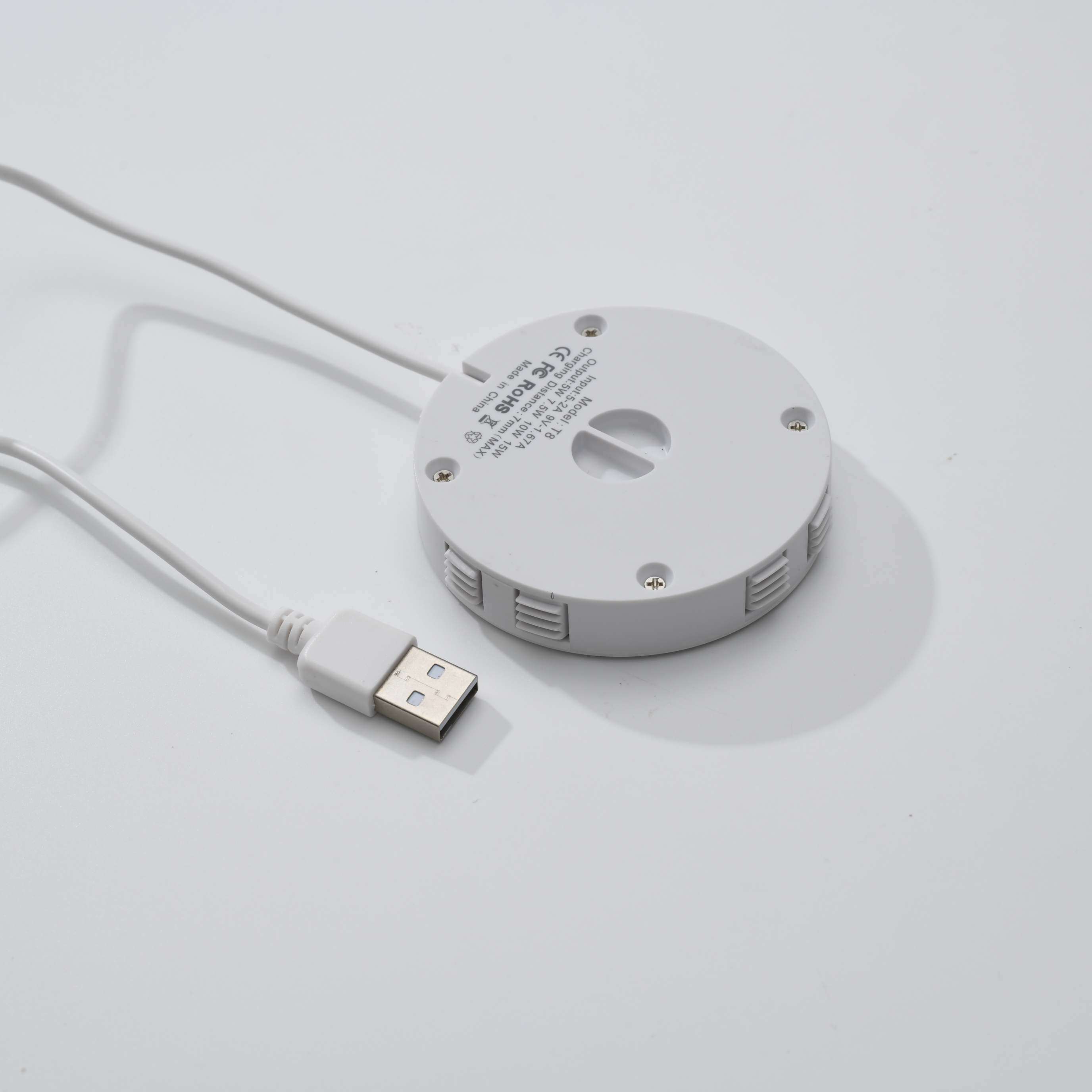


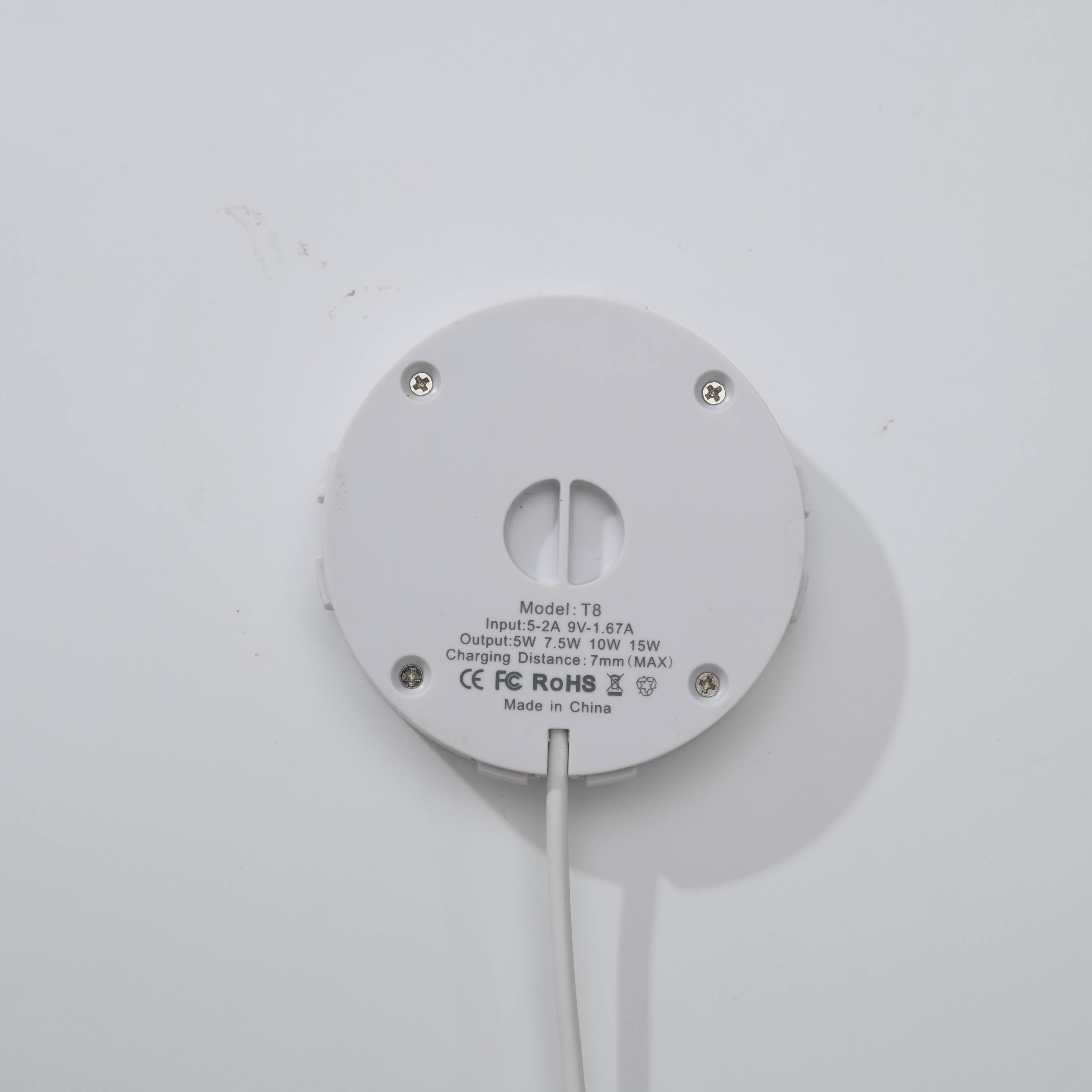
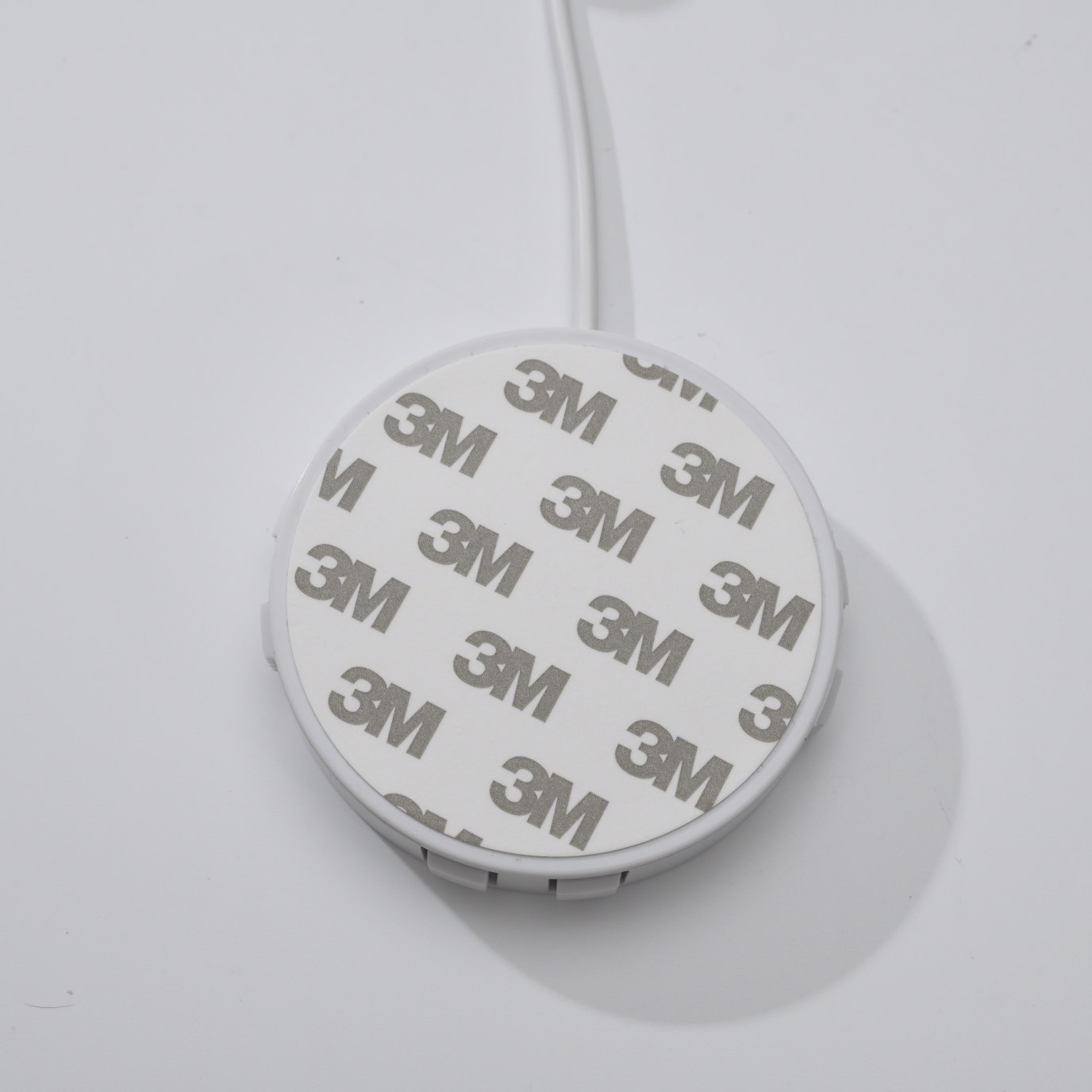
An Embedded Wireless Charger is an advanced technology that utilizes electromagnetic induction to enable wireless charging without the need for traditional charging cables or plugs. Compared to conventional charging methods, embedded wireless chargers integrate charger components within devices or furniture, offering users a more convenient and aesthetically pleasing charging experience.
1.Convenience: Users can initiate charging simply by placing their devices on surfaces or devices that support charging, eliminating the need to locate charging cables or plugs.
2.Aesthetics: Since there are no external wires involved, devices or furniture can be designed more cleanly and elegantly, enhancing overall aesthetics.
3.Durability: Compared to traditional charging plugs, wireless chargers reduce physical wear and tear from frequent plugging and unplugging, thereby extending device lifespan.
4.Versatility: Embedded wireless chargers can be adapted for various devices and applications, such as homes, offices, and public transportation, providing users with a more flexible and convenient charging solution.
In summary, embedded wireless chargers represent the future direction of charging technology. While they currently face some technical challenges, advancements and widespread adoption are expected as technology progresses, making them a common charging method in daily life.
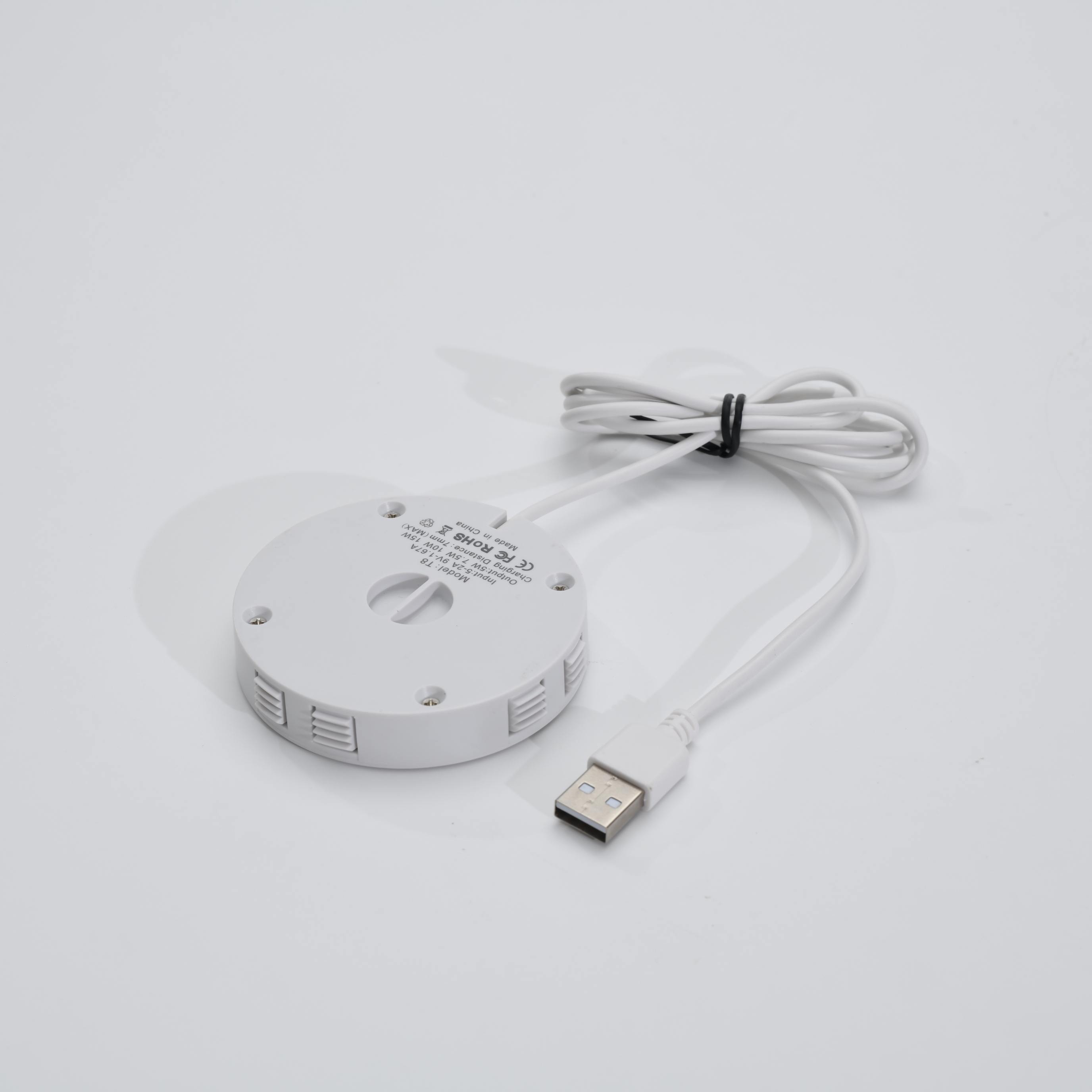
| Model | HJ-WX8-A |
| Type | Embedded Wireless Charger |
| Custom Processing | OEM |
| Certification | CE / ROHS |
| Whether to Customize | Parameters can be customized according to needs |
| Input Voltage | DC 5V2A 9V1.67A 12A1.5A |
| Input Frequency | 50/60Hz |
| Output Voltage And Current | 5W 7.5W 10W 15W |
| Output Power | 15W |
| Work Efficiency | ≥80% |
| Working Temperature | -20℃~+50℃ |
| Storage Temperature | -20℃~+80℃ |
| Humidity | 10%~90% RH |
| Multiple Protection Functions | Overvoltage protection, short circuit protection, overload protection, temperature protection |
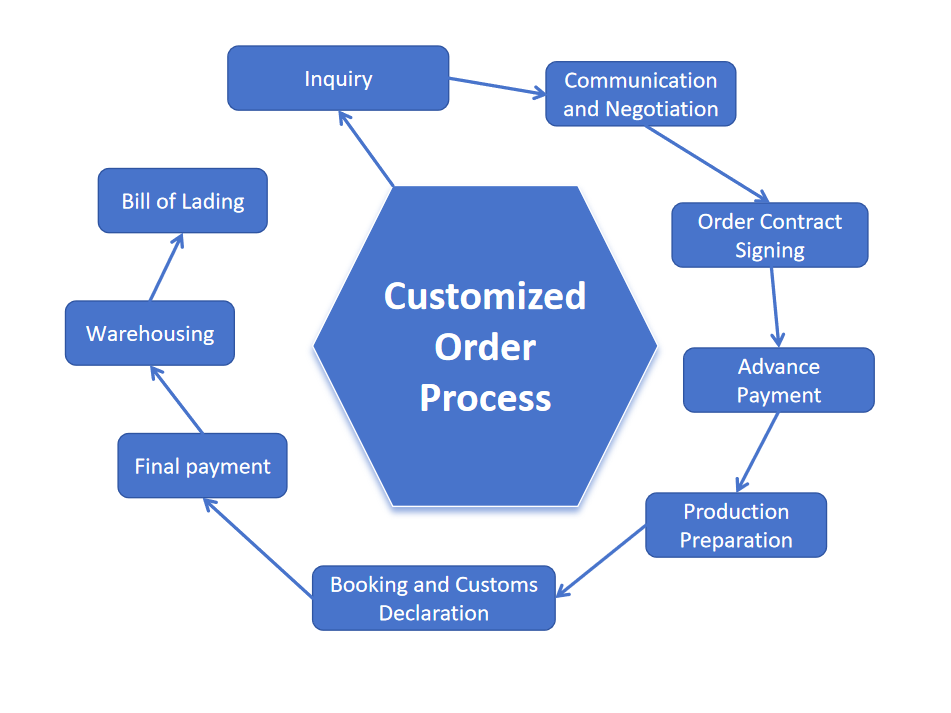
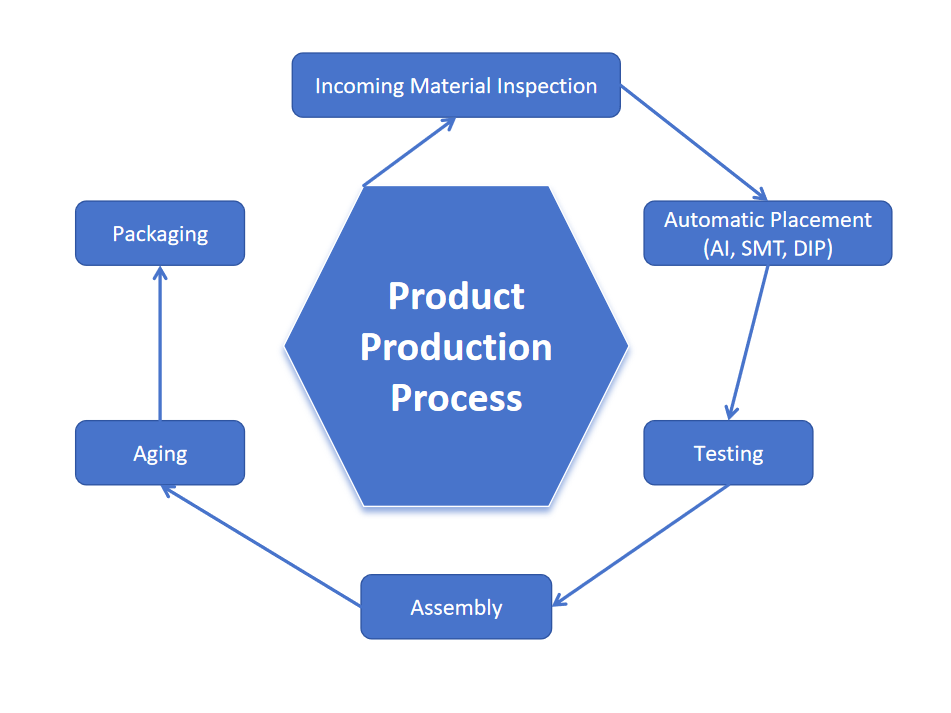
Embedded wireless chargers are revolutionizing interior design by seamlessly integrating into desks, nightstands, and coffee tables. This creates a clutter-free environment where users can charge smartphones, earbuds, and other compatible devices simply by placing them down, enhancing convenience in homes and modern offices.
Modern vehicles increasingly feature built-in wireless charging pads in consoles and rear seats. This allows passengers to charge devices on the go, supporting navigation and infotainment systems without the hassle of cables, thereby improving the overall in-car experience and safety.
Airports, hotels, cafes, and libraries are embedding chargers into seating areas, counters, and tables. This offers a valuable public amenity, enabling patrons to power their devices conveniently while waiting or working, fostering customer satisfaction and longer dwell times.
In healthcare settings, embedded charging eliminates cable clutter in patient rooms and at nursing stations. It can also power essential portable medical equipment, ensuring devices are always charged and ready for use, which is critical for both efficiency and patient care.
Kitchen countertops and smart appliances are now being designed with integrated charging zones. This allows users to charge smart recipe tablets, phones, or cordless kitchen gadgets while cooking, keeping the workspace tidy and functional.
Retail stores embed chargers into display tables or customer waiting areas. This not only provides a service to shoppers but also encourages them to interact with digital catalogs or their own devices for longer periods, potentially increasing engagement and sales opportunities.
A: It uses electromagnetic induction between coils - one in the charger, one in your device - transferring power without cables.
A: Convenience, reduced cable clutter, enhanced durability (no port wear), and sleek integration into furniture/cars.
A: Modern embedded chargers with 15W+ output can rival standard wired speeds, though ultra-fast charging may still be faster via cable.
A: Yes, it works through materials like wood, plastic, or glass when properly integrated, maintaining a clean aesthetic.
A: It uses electromagnetic induction between coils - one in the charger, one in your device - transferring power without cables.
A: Convenience, reduced cable clutter, enhanced durability (no port wear), and sleek integration into furniture/cars.
A: Modern embedded chargers with 15W+ output can rival standard wired speeds, though ultra-fast charging may still be faster via cable.
A: Yes, it works through materials like wood, plastic, or glass when properly integrated, maintaining a clean aesthetic.